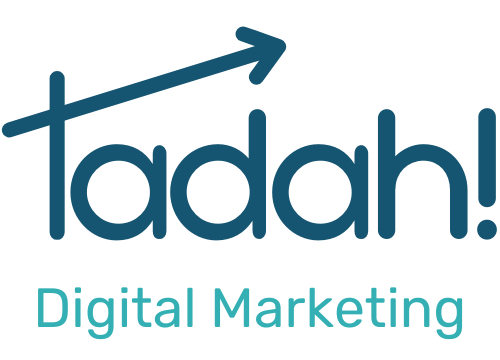Google Ads (Google Ads) is an online advertising platform developed by Google, where advertisers pay to show web users short ads, service offers, product listings, video content and generate mobile app installs within the Google ad network.
As the largest global search engine, Google has a 67% market share in the United States. With more than 3.5 billion searches per day, this equates to about 1.2 trillion searches per year worldwide. That’s equivalent to a large number of people who can become potential customers for your business.
Google Ads is an advertising platform that allows businesses to pay for their ads to appear in search results when users use relevant keywords. They are an effective way to reach new customers and grow your business. In fact, studies have shown that businesses earn an average of $2 in revenue for every $1 they spend on Google ads. Developing a digital marketing strategy that integrates SEO and Google Ads techniques can improve organic positioning and increase the visibility of a website in Google search results.
How does Google Ads?
Google Ads uses a pay-per-click (PPC) auction to place ads in the SERP. This means that each time an ad is clicked, the advertiser pays Google a certain amount. The amount varies according to the popularity of the keyword being bid on. The more popular the keyword, the more expensive it will be.
On the other hand, When someone performs a search on Google, relevant ads are displayed along with the organic search results. These ads are determined by a number of factors, including the relevance of the keywords used and the quality score of the ad.
Quality score is determined by click-through rate(CTR), landing page quality and other factors. Google Ads allows you to control your budget and choose how much you want to spend on your campaign.
You can set a daily budget or a total budget for the entire campaign. As mentioned above, you can also choose how much you want to bid for each keyword. The amount you bid will determine where your ad will appear in the search results. The higher your bid, the more likely your ad will appear at the top of the page.

Why use Google Ads?
There are several elements that differentiate Google Ads from other ad tools, ranging from the system used to display ads to users, as well as how advertisers pay when someone clicks on their ad. On the other hand, you have more control over where and when your ads are shown, you can measure the performance of your campaigns and adjust your strategy.
We tell you a little more about why you should use Google Ads:
- You only pay when someone clicks on your ad – this is different from other forms of advertising where you may have to pay even if no one sees your ad
- You can reach people who are actively searching for what you offer: this is because your ads will appear in SERPs when users search for keywords related to your products or services.
- You can track results: with Google Ads, you can see how many people have seen your ad and how many have clicked on it. This allows you to track your ROI and adjust your campaigns accordingly.
- You can adjust your budget at any time: with Google Ads, you can set a daily budget and adjust it at any time. This flexibility allows you to control how much you spend on your campaigns.
- It is a powerful advertising tool that can help advertisers connect with the right audience and measure the impact of their campaigns.
Google Ads is a powerful online advertising platform that can help you reach your target audience and track your results. You can control your budget and choose how much you want to spend on your campaign. You can also choose how much you want to bid for each keyword, which will determine where your ad appears in the search results.
If you are looking for a way to reach potential customers and market your business effectively, Google Ads is worth considering.
